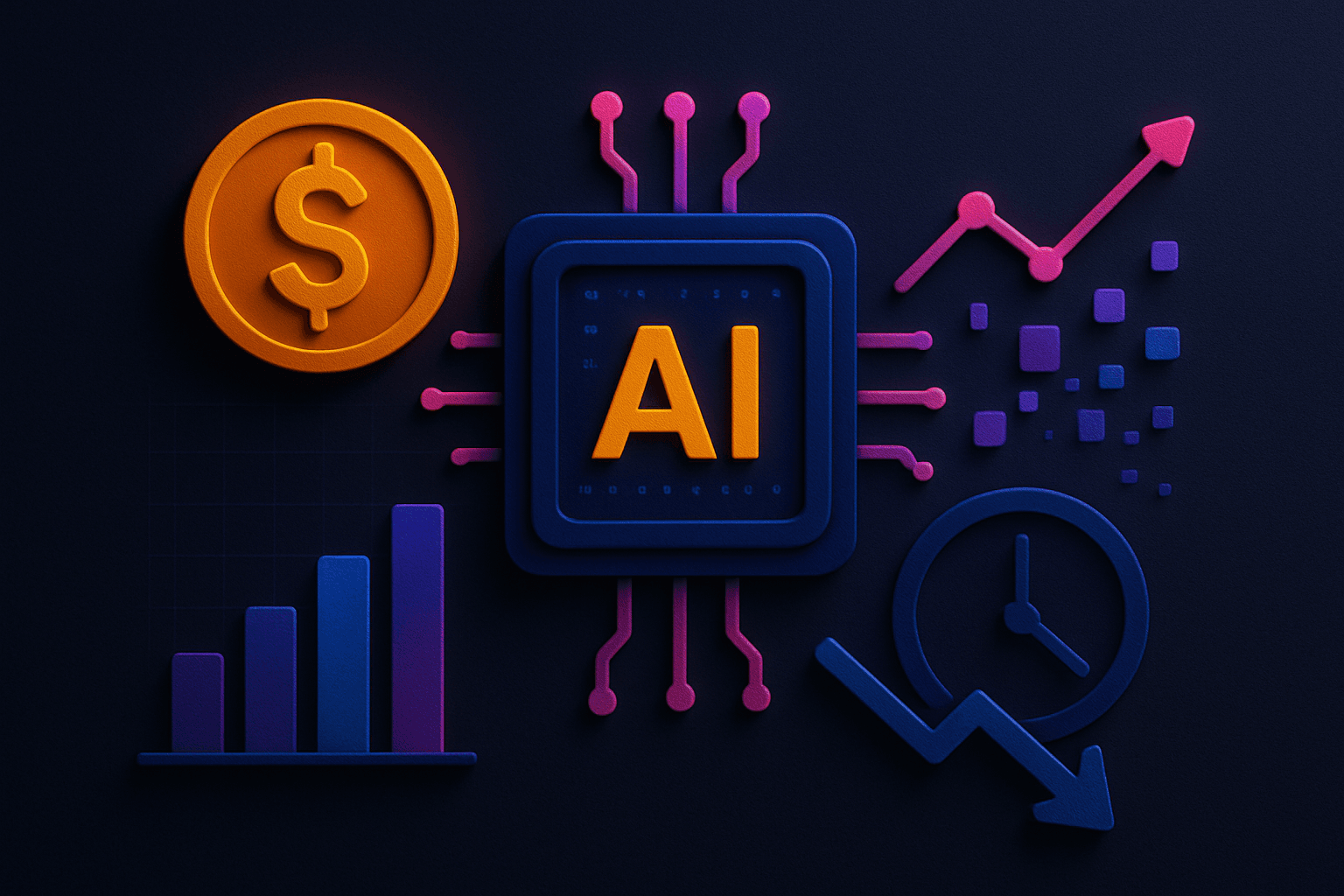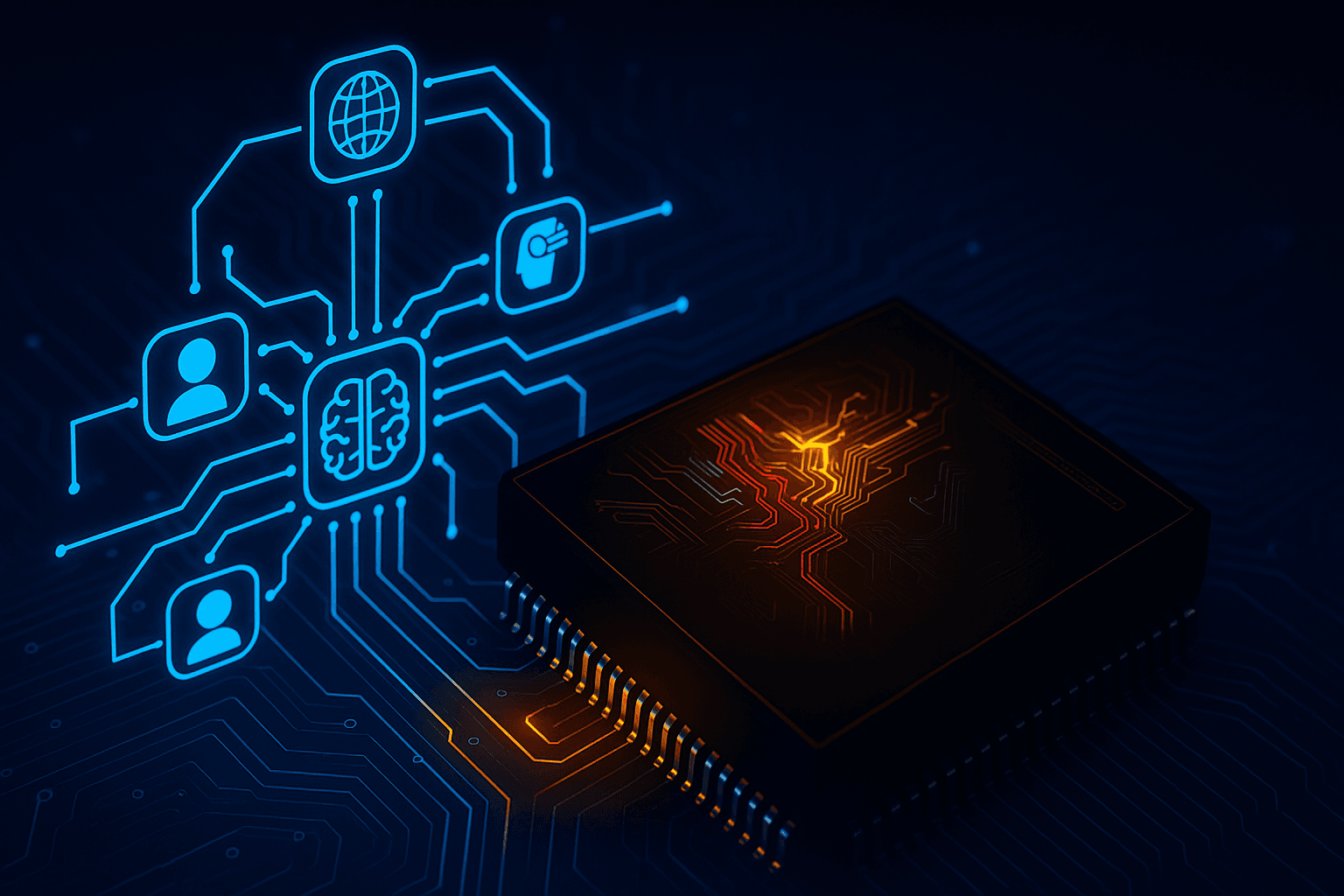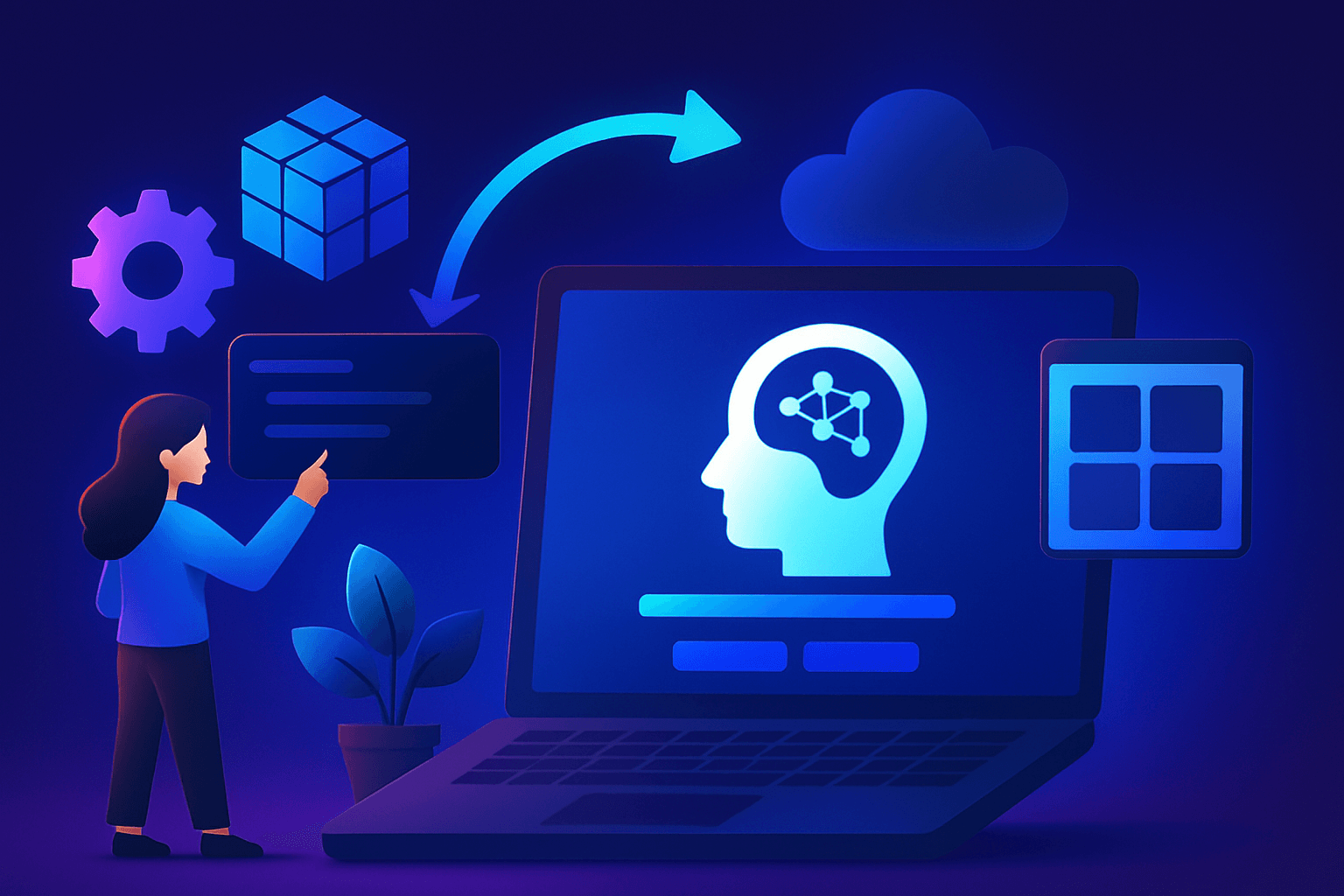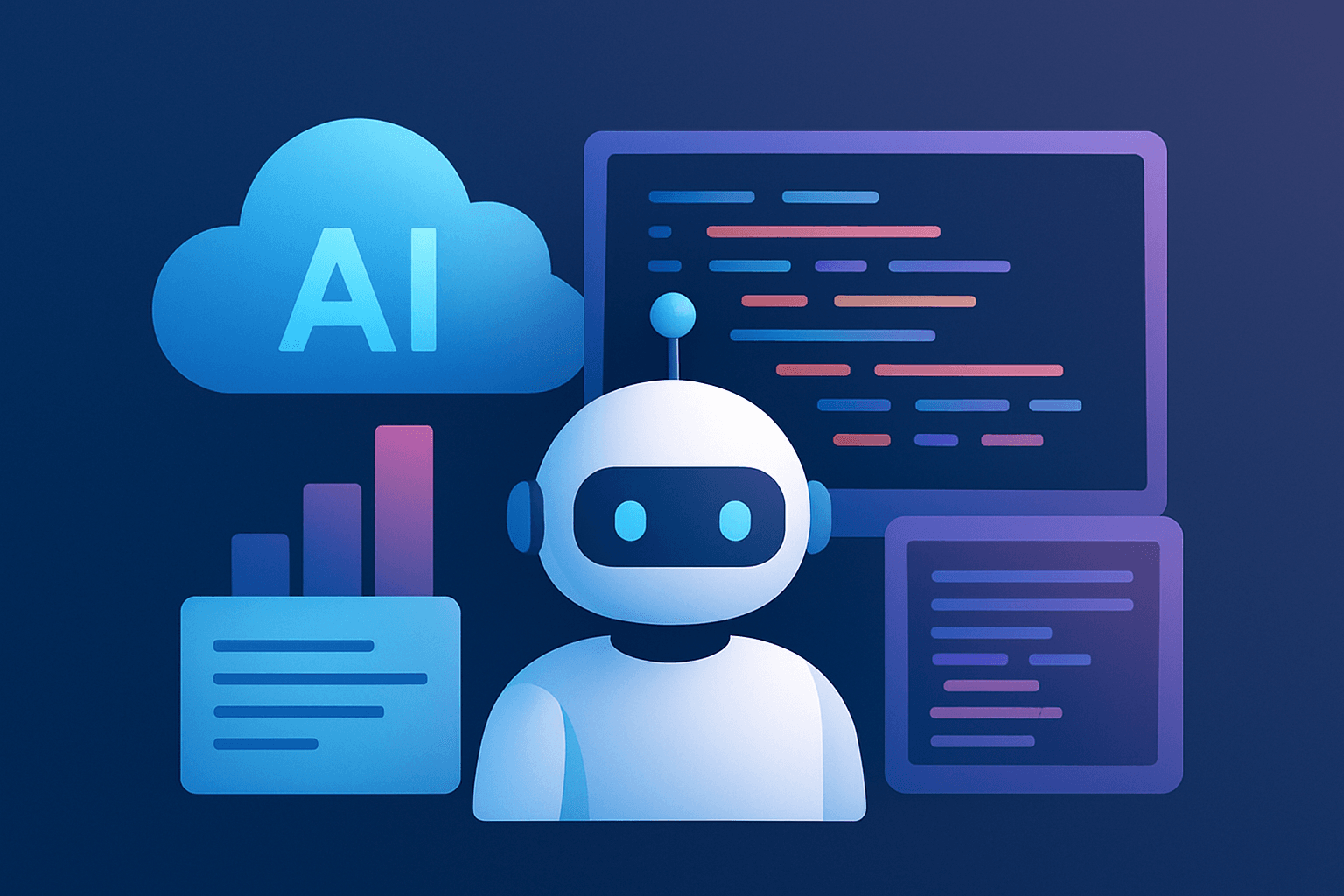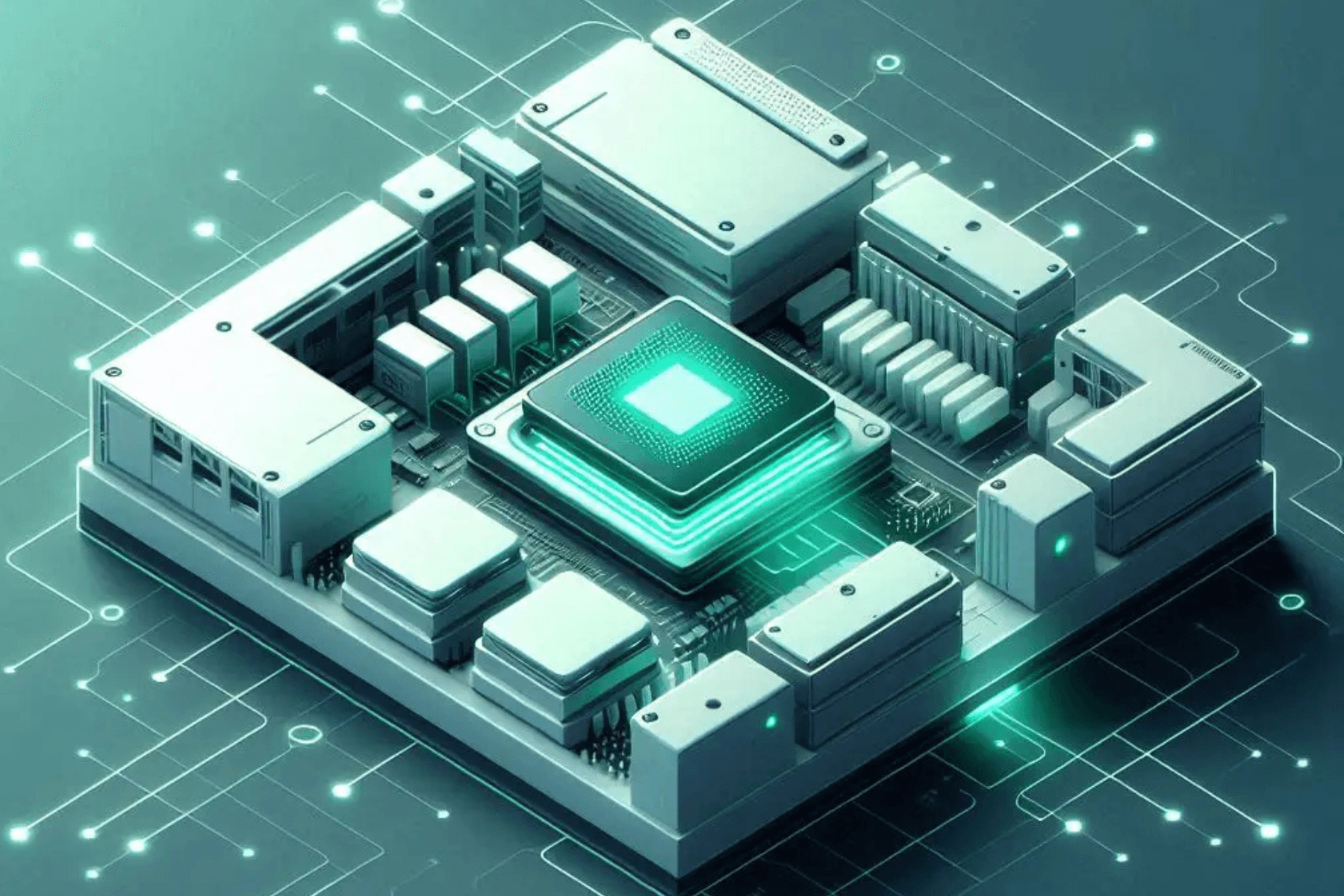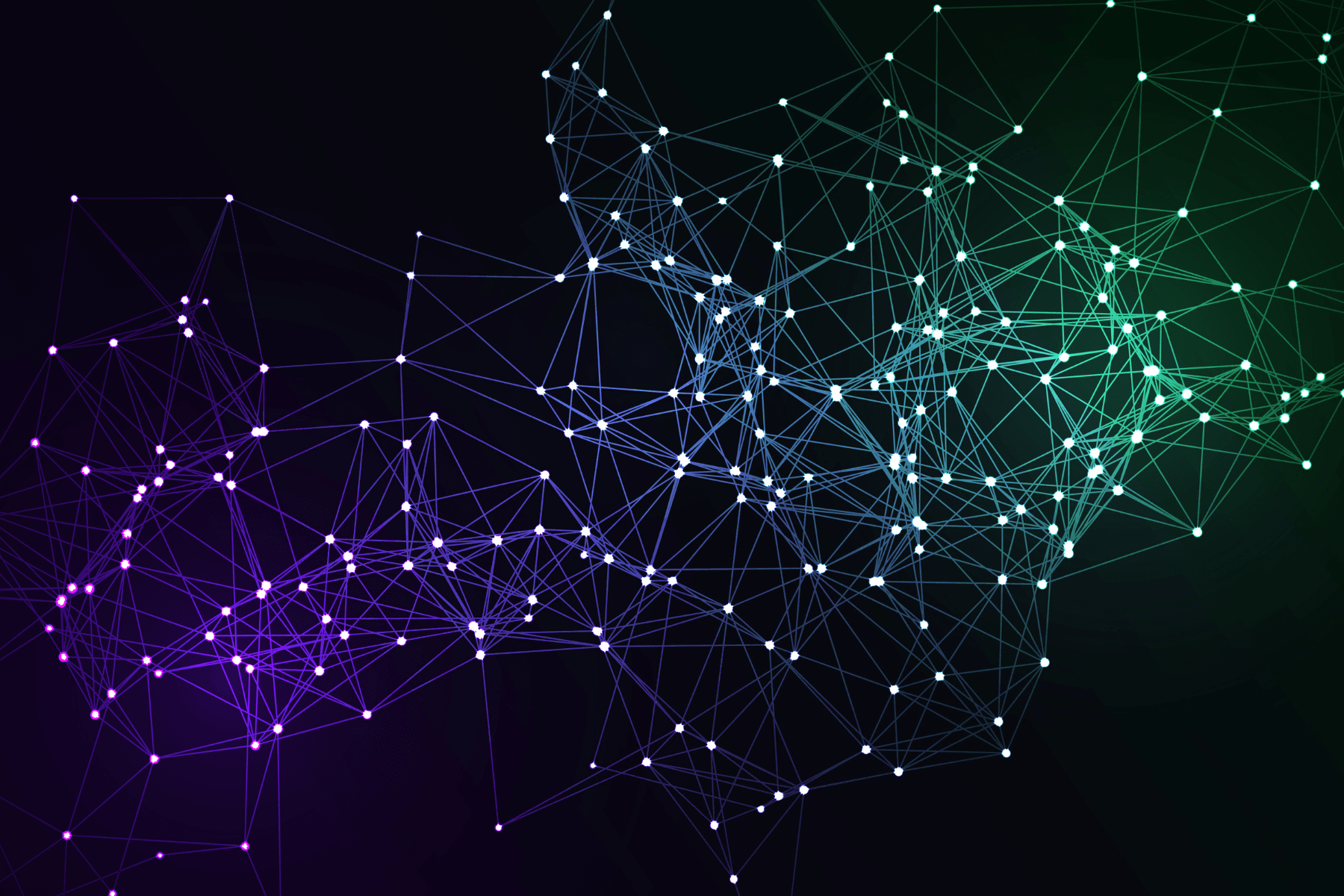In an attempt to find access and download files from a server, cloud servers prove as an effective solution where it offers the ability to access the files from any remote location and a gadget. Cloud servers have made its place in every business, as it offers the most suitable solution for online data storage.
Need for Cloud servers
With conventional hard drives, there were many persisting issues like storage capacity limit, more exposure to files getting corrupted, and the offline storage costs. The issues were resolved through the implementation of cloud servers effectively. Cloud servers have made the process of sharing files and resources a secure and hassle-free process. All businesses and IT professional industries are inclined towards having a digital servers space to ensure never losing out on important data. All of this comes with a guarantee that the contents of the servers would be encrypted for maintaining privacy and ensuring safety against any hardware failure.
The global cloud computing market is aimed to cross the $330 Billion mark by the end of 2020
E2E has been a household name in the Indian market providing cloud computing solutions to businesses and SMEs. It has helped provide effective solutions to more than 10,000 customers actively using the platform. E2E has been successful in serving its customers with superior performance at affordable costs with bankable customer service.
What are the Different Types of Cloud servers Offered at E2E?
There is a wide range of cloud solutions offered at E2E, developed by understanding the market scenario and the customer requirements be it GPU cloud server, VPS and windows cloud servers, or any other solution.
- CPU Intensive Computing C2- Series
This product is a perfect fit for businesses looking to expand their reach and reduce their downtime to a negligible rate with high performance and considerably high server space. Infused with the latest set of Intel processors, the C2 series will ensure heavy data operating applications.
- C2 series with Red hat enterprise Linux
C2 series offers high performance to compute instances capable of supporting high IOPS and memory for website applications. This helps to compute high computing-based workloads to improvise on performance and without any downtime. The red hat enterprise is of the very recent offerings and top-ranked in the public cloud environments.
- High Memory Cloud
Offering a cloud disk space of 225 GB SSD, the 2nd generation memory focussed plans are more inclined towards providing sufficient RAM support for the websites to maintain prolonging customer satisfaction.
- Windows Cloud
Windows cloud hosting is one of the most affordable and opted services. At E2E, we offer numerous ranges of features offered at different price ranges to help you find your most suited solution.
- Windows SQL Cloud
The SQL cloud is a perfect fit for windows operated systems as they are configured to support database workloads. It helps you adjust to the website’s needs and increase the capacity and the servers to ensure that there is no effect on the website application and the processes operated on it.
- Plesk Windows Cloud
Plesk is an innovative control panel that helps ease the management process with a Graphic User Interface (GUI). This feature comes pre-installed on the windows cloud servers. It proves as a viable solution to enterprising reseller platforms and online stores to support the applications on Windows.
- GPU Smart Dedicated
Built with the integration of the Nvidia T4, Tesla V100 and NVIDIA A100, it ensures that the upcoming and improving sectors like machine learning and artificial intelligence would not be limited by hardware support. The GPU based web cloud solution would help configure the visualization process with the combination of unbeatable performance for professional workflow requirements.
- Linux Smart Dedicated
Offered at the lowest hourly rates, the smart, dedicated cloud servers solution aims to increase the performance of the machine learning processes and eliminate the effects of CPU steal along with customized automation to numerous backups, ensuring the safety and security of your data. The dedicated server offers an interactive API to give the managing ability of the machines via programming code.
- cPanel Linux Cloud
Web hosting services have increased exponentially due to the rise in demand for online stores and learning management systems. cPanel cloud server comes with full root access and licensing for optimized security and with no additional cost. The customized solutions are offering a security tool to ensure website application safety and a plugin that will help with the onboarding of any other additional applications required on the website.
All the solutions offered by E2E are affordable and stored locally on Indian data centers, configured with high frequency for optimum performance characteristics. All the web hosting and cloud solutions are configured towards the optimization and smooth working of plugins and high data-based applications.
After understanding the types of solutions offered, the important aspect revolves around choosing the right cloud servers solution for your needs.
- Look for plans that go beyond servers and offer excellent customer support
Cloud servers solutions though easy to operate, but on the back end, require extensive support from the service providers to ensure that the business owners are not affected in any way.
E2E ensures that the customers are justified for their services and providing them a great experience overall.
We help you understand and offer the best suitable plans for your needs with a personal touch to ensure that the user experience does not arise any conflict and look for solutions that are more focused on online and offline support.
- Sync data across multiple devices
Secure servers or server windows VPS, all solutions are provided by E2E as cloud servers eliminate the need for syncing devices. All your data is being uploaded on the server mainframe, giving them the freedom to access the server from any device.
E2E cloud computing systems also facilitate the use of real-time collaboration that helps multiple users make changes for a file simultaneously. This is a great solution for project management and multitasking scenarios.
Close to 90% of the IT-based organizations have their database online on the cloud today, and more than 30% of the revenue stream of such companies are spent towards cloud handling and management services.
- Using tools that facilitate cloud servers for better accessibility
Cloud-based applications have registered a staggering growth of 46%
The applications, when shared and installed on online servers, provide instant access to the data, which can be retrieved from any local connection or a mobile device. It comes with an easy-to-use user interface that helps make this process simplistic and features the ability to drag and drop files to be saved to the server's drive.
- Keep data encrypted
Encrypted data ensures that even if data is misplaced or tampered with, it is useless and almost impossible to break into. The encryption process involves encoding the data before being uploaded to the server, which can only be accessed by the authorized user from an encrypted connection. The need for encryption equipped products is quite serious. The cloud encryption market alone is worth $2401 million by 2022.
- Conduct performance analysis and implement continuous monitoring
With constant performance evaluation of your servers plan, it helps to keep track of all the attributes that the plan was designed to offer. It shows the areas requiring attention and improvement statistics to increase the server’s response time and overall quality.
- Make sure to evaluate additional features and use auto-scaling
While taking up on a server's plan, make sure to have an understanding of all the features and functionalities for better perception. E2E helps potential customers by explaining each feature on a deeper level and connecting with their products.
With the help of auto-scaling, users can identify the amount and capacity of the computational resources that are measured in terms of server status. It helps to identify the traffic scenario on the web page application and ensures that the cloud can handle the current traffic demand.
- Opt for automation-based control systems
Cloud servers work like clockwork. It finishes the ongoing job at hand and then carries out the other uploading processes. There are times when multiple users are accessing the servers platform. This increases the time.
The data optimization and restructuring methods are implemented in automation to make proper use of the servers space and services.
- Retention period of data and value criteria
There are different policies implemented on different plans that provide a retention period of one week to one year. Before subscribing to a plan make sure to go through the server's retention period.
Define the duration time as per requirement and replace the existing policy to ensure you have the full benefit of the cloud service.
Windows cloud hosting or cloud servers have their servers API console, and so does E2E provide support on meeting the compliance standards and save your time.
- Optimize cost and expenditures
Cloud servers are used to optimize costs and expenditures incurred to sustain the website and web page applications. If the current servers plan is not sufficient, the service plan should always cater to the possibility of modifying the services offered.
Comparing SSD-based Cloud Servers with HDD-based Cloud Server
SSD-based servers can read sequential data up to 550 Mbps, whereas HDD can perform at 125 Mbps in terms of writing speed.
SSD has been outperforming conventional hard drives as they offer high reliability, less and effective power usage with proper streamlining of processes. SSD does not cater to dropping variable seek time or latency issues, as HDD slots require to write NAND cells, their writing speeds are increased and consumes high power.
Durability
The aging process is quite slow in terms of SSD servers, where the servers can last easily close to a decade compared to HDD, which facilitates three to five years of working time. It is due to the absence of rotating parts that increase the endurance and enhance data integrity of SSD type, and data remains intact in SSD even when there is no power supply.
There is a downside to the SSD drives as they have a finite number of writes until it requires to be replaced. There are close to 3,000 write cycles on an average before breakdown. As HDD is built for writing data 24/7, they have comparatively more durability but also require more maintenance.
Power usage
While choosing a cloud plan, there has to be a proper research analysis done to rectify the needs and expectations that need to be satisfied from a cloud servers solution. Power usage is an essential deciding factor to weigh out the additional costs that go into maintaining the servers.
HDD drives tend to generate more heat due to their writing capacity, increasing overall power usage. SSD performs better because of its idle state and has a considerably low consumption rate.
Cost
HDDs are preferred mainly due to being cost-effective but fighting to compete against the server space SSD offers. The lower costs offered with large HDDs have competed against the new range of SSD with medium capacities. The cost is marginally dependent on the needs and budget capacity of a business.
SSD proves to be the most viable option in terms of durability and writing speeds, and overall performance over time. SSD also offers an excellent reduction in server load and processing time.
Summary
Businesses and individuals must have a good look at the product range and decide the solutions that are best suited for their needs. No matter the size requirement, everyone needs a cloud-based solution as it holds a lot of potentials and provides a gateway to better communication and integration.
For more information or Register for a free trial https://bit.ly/2LI5NZf
